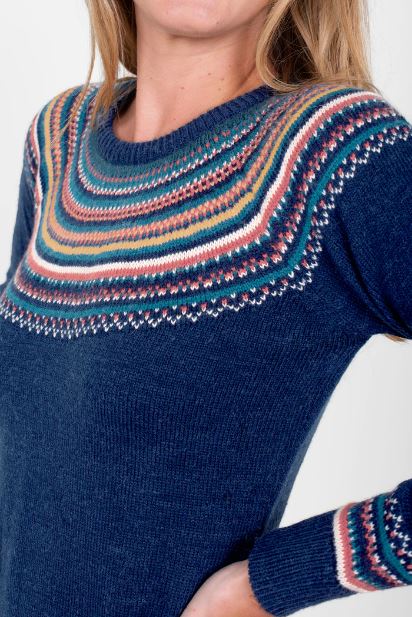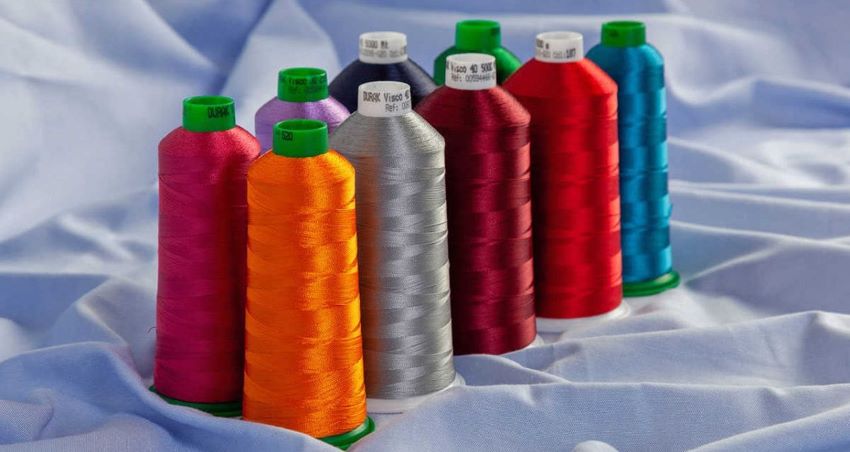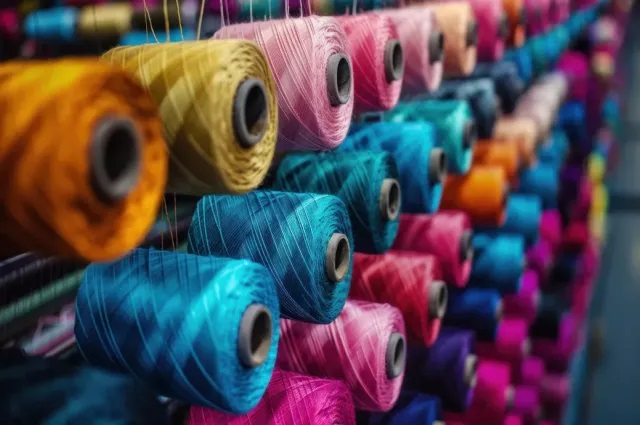Between January and September 2023, Eurostat, the Directorate-General of the European Commission responsible for European data, reported a historic shift in the EU's trade landscape. Notably, the import of knitwear from Bangladesh surpassed that from China for the first time. As per Eurostat, the EU's combined import of knitwear from Bangladesh during this period reached €8.3 billion, surpassing China's €8.2 billion.
This development underscores Bangladesh's significant strides in the knitwear sub-sector, positioning itself as a leader among knitwear-exporting nations in South and Southeast Asia. A key contributing factor is Bangladesh's focused efforts in this specific industry, coupled with the advantageous duty-free status granted by the EU, which China no longer enjoys.
The ongoing and protracted conflict between Russia and Ukraine has further influenced trade dynamics. The strained relationship between China and the EU due to China's alignment with Russia has prompted European countries to reduce engagements with China, impacting imports, including knitwear. Moreover, China's emphasis on exporting high-value products has opened opportunities for Bangladesh to gain traction in the knitwear sub-sector.
Notably, Bangladesh's market share in the EU stood at a substantial 22.1 per cent, a close second to China's 29.2 per cent in 2022. This shift in trade dynamics signals a notable change in the EU's sourcing patterns and highlights Bangladesh's growing influence in the European knitwear market.
Chinese textile and apparel exports decline steadily
As reported by business journals, the first nine months of 2023 witnessed a notable downturn in Chinese exports of textiles and apparel, totaling $245.7 billion. This was a 9.2 per cent decline compared to the corresponding period in the previous year. Within this, textile exports amounted to $112.5 billion, reflecting a 9.8 per cent decrease, while garment exports were $133.1 billion, experiencing an 8.7 per cent drop compared to the same period in 2022.
The downturn persisted into October, with textile and clothing overseas shipments totaling $22.9 billion, a 4.8 per cent decrease from the previous year. Textile exports for the month stood at $10.7 billion, showing a 3.3 per cent decline, while apparel exports were $12.2 billion, down by 6 per cent compared to October 2022.
Notably, Chinese exports of textiles and garments to key markets such as the US, the EU, and Japan saw significant reductions of 15.6 per cent, 20.5 per cent, and 12.3 per cent, respectively, year over year between January and September. Conversely, exports to Russia, Kazakhstan, and Singapore experienced growth, with increases of 20.4 per cent, 52.4 per cent, and 24.9 per cent, respectively.
The challenges faced by Chinese exporters are attributed to various factors, including US-imposed regulations related to cotton and cotton-based items from China. Additionally, the strained political relations between China and European countries have further impacted Chinese exports, particularly in the textile and apparel sector. Chinese manufacturers are grappling with uncertainty regarding the continuity of orders, as political stand-offs with Western democracies, especially the US and the EU, show no immediate signs of resolution.
Bangladesh playing to its strengths
As per Fazlul Hoque, former president of the Bangladesh Knitwear Manufacturers and Exporters Association (BKMEA), the remarkable performance of Bangladesh's knitwear exporters is due to the sector's proficiency in manufacturing high-quality products at competitive prices. Hoque emphasized Bangladesh's duty-free status has played a pivotal role in bolstering export values. Notably, in 2022, Bangladesh surpassed China in the global export of readymade garments, a trend that has brought joy to Bangladeshi exporters as Western markets adopt the "China Plus One" strategy for sourcing.
Against the backdrop of the European Union's (EU) ongoing political, social, and economic challenges spanning over three years, the impact is reverberating across major exporting countries. In the first nine months of 2023, EU imports amounted to €63.5 billion, representing a significant contraction of 14 per cent compared to the €73.9 billion imported during the same period in 2022. This contraction has resulted in a double-digit decline in major exports to the EU, creating a foreign exchange earnings gap that particularly affects countries like Vietnam, Cambodia, Sri Lanka, and Pakistan, which heavily rely on textile and apparel exports as a key source of foreign exchange. The shift in global trade dynamics has created opportunities for Bangladesh, with its knitwear sector standing out and benefiting from strategic shifts in global sourcing strategies.













